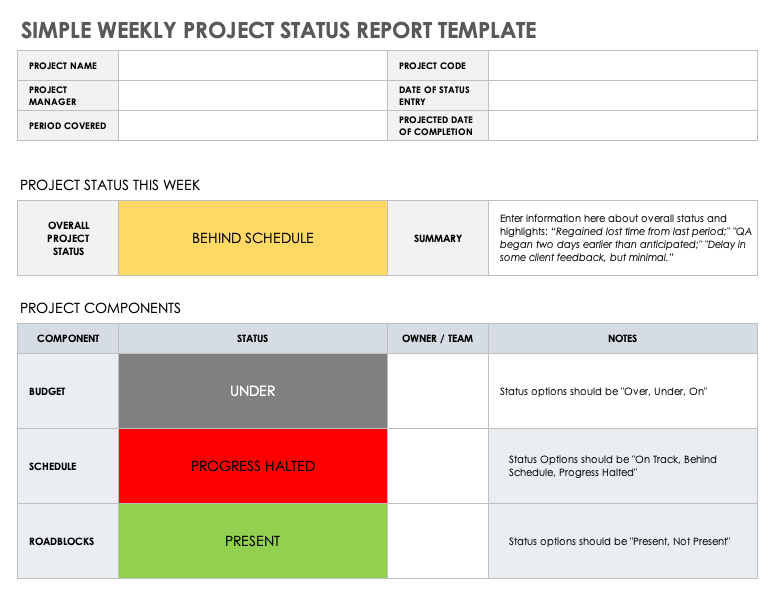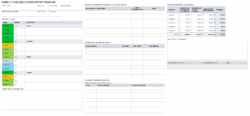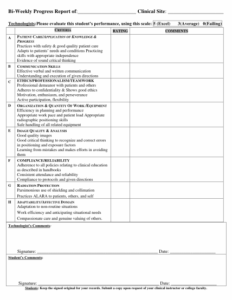In the bustling world of product management, keeping everyone aligned and informed is a constant challenge. You’re juggling stakeholder expectations, development sprints, customer feedback, and market analysis, all while trying to steer the product ship towards its ultimate vision. It’s easy for key updates to get lost in a sea of emails or quick chat messages, leading to misalignment or, worse, missed opportunities.
Effective communication is the bedrock of a successful product team. Your colleagues, executives, and cross-functional partners need a clear, concise window into your product’s progress, challenges, and upcoming trajectory. Without a structured approach, you might find yourself repeating information or spending valuable time pulling together ad-hoc updates for various audiences.

This is where a well-crafted product manager weekly report template becomes an invaluable tool. It’s not just about sharing information; it’s about strategically framing your work, highlighting achievements, flagging potential issues, and clearly outlining what you need from others to keep momentum going. Let’s explore how to build one that truly serves your needs and elevates your product communication.
Crafting Your Essential Product Manager Weekly Report Template
Building a consistent and effective weekly report doesn’t have to be a daunting task. In fact, by leveraging a robust product manager weekly report template, you can streamline the entire process, ensuring you hit all the critical points without reinventing the wheel every Friday afternoon. The goal is to provide a snapshot that is both comprehensive and easy to digest for various stakeholders, from your direct team to senior leadership.
Think of your weekly report as a strategic communication tool, not just a simple status update. It’s your opportunity to tell the story of your product’s journey over the past seven days, setting the stage for the week ahead. A well-designed template encourages you to consistently reflect on progress, identify roadblocks, and articulate your needs, fostering transparency and accountability across the board.
Key Sections to Include
To ensure your weekly report covers all bases and provides maximum value, consider structuring it with these essential components. Each section serves a specific purpose, contributing to a holistic view of your product’s health and progress.
- Executive Summary / Key Highlights: Start with the most important news. What were the biggest wins or critical updates from the past week? This section should be brief and to the point, allowing busy executives to quickly grasp the report’s core message.
- Progress Against Goals (OKRs/KPIs): How is your product performing against its defined objectives and key results or key performance indicators? Share relevant metrics and trends, explaining any significant deviations and what actions are being taken.
- Completed Tasks & Milestones: Detail what the team accomplished in the last week. This demonstrates progress and celebrates success. Be specific about features shipped, bugs fixed, or research completed.
- Upcoming Priorities: Clearly outline what the team will be focusing on in the next week or two. This helps manage expectations and allows stakeholders to see what’s next on the roadmap.
- Blockers & Risks: Be transparent about challenges. What is impeding progress? What potential risks could impact timelines or success? Proactively identifying these allows for collective problem-solving.
- Decisions Needed / Support Required: If you need input, decisions, or resources from other teams or leadership, state it clearly here. Make it easy for them to understand what you need and by when.
- Customer Feedback / Insights: Share any significant customer feedback, research findings, or market insights that emerged during the week. This keeps the product grounded in user needs.
- Team Morale / Resource Updates: Briefly touch on the team’s capacity, morale, or any resource constraints. This human element can be crucial for understanding context.
Beyond these core elements, remember that your template should be a living document. It’s perfectly fine to iterate on its structure and content over time as your product evolves or your stakeholders’ needs shift. The crucial part is to start with a solid foundation that addresses the most common information gaps.
Ultimately, the best templates are those that balance detail with conciseness. Avoid excessive jargon and always prioritize clarity. Utilize bullet points and concise paragraphs to make the report scannable. A well-organized, consistent report saves you time in the long run and empowers your stakeholders with the information they need to support your product’s success.
Making Your Weekly Report a Strategic Asset
A product manager’s weekly report is far more than a mere administrative chore; it’s a powerful strategic tool that can shape perceptions, drive decisions, and foster a culture of transparency and collaboration. To truly leverage its potential, you need to think beyond simply listing updates and instead focus on how your report can influence and inform your audience.
The key to transforming your report into a strategic asset lies in understanding your audience and tailoring your message accordingly. While the core data remains consistent, the emphasis, language, and level of detail might shift depending on whether you’re addressing engineering leads, marketing managers, or the executive board. Always ask yourself: “What do they need to know to help the product succeed, and what specific actions might they take based on this information?”
Consider these practices to elevate your reports:
- Know Your Audience: Different stakeholders have different priorities. Executives might focus on high-level goals and budget implications, while engineering managers need specifics about technical blockers. Tailor your executive summary and highlight sections to their interests.
- Focus on Outcomes, Not Just Activities: Instead of just saying “completed feature X,” explain the impact: “Completed feature X, which is projected to increase user engagement by 10%.” Connect your work directly to business value.
- Be Proactive with Risks and Solutions: Don’t just present problems; offer potential solutions or pathways to resolution. This demonstrates leadership and a problem-solving mindset, rather than just identifying issues.
- Use Data to Tell Your Story: Back up your statements with quantifiable data whenever possible. Metrics lend credibility and help illustrate trends and impact more effectively than anecdotal evidence.
- Keep it Concise and Visual: Use charts, graphs, and clear headings to break up text and make the report more engaging. Busy stakeholders appreciate information that is easy to scan and digest quickly.
By adopting this mindset, your weekly updates become less about reporting and more about strategic communication. You are not just presenting facts; you are guiding narratives, soliciting specific support, and ensuring that every stakeholder is equipped with the understanding needed to contribute effectively to the product’s journey. This approach solidifies your role as a capable and forward-thinking product leader.
Embracing a structured approach to your product updates, particularly with a well-designed template, fundamentally changes how your work is perceived and acted upon. It moves you from reactive reporting to proactive communication, ensuring that all key players are consistently informed, aligned, and ready to support the product’s objectives. This level of clarity significantly reduces miscommunication and empowers faster, more informed decision-making across the entire organization.
Ultimately, a consistently delivered, thoughtful product report doesn’t just keep people in the loop; it builds trust, showcases your leadership, and acts as a powerful catalyst for product success. It’s about building a rhythm of communication that strengthens your product’s foundation and propels it forward with purpose and collective understanding.



